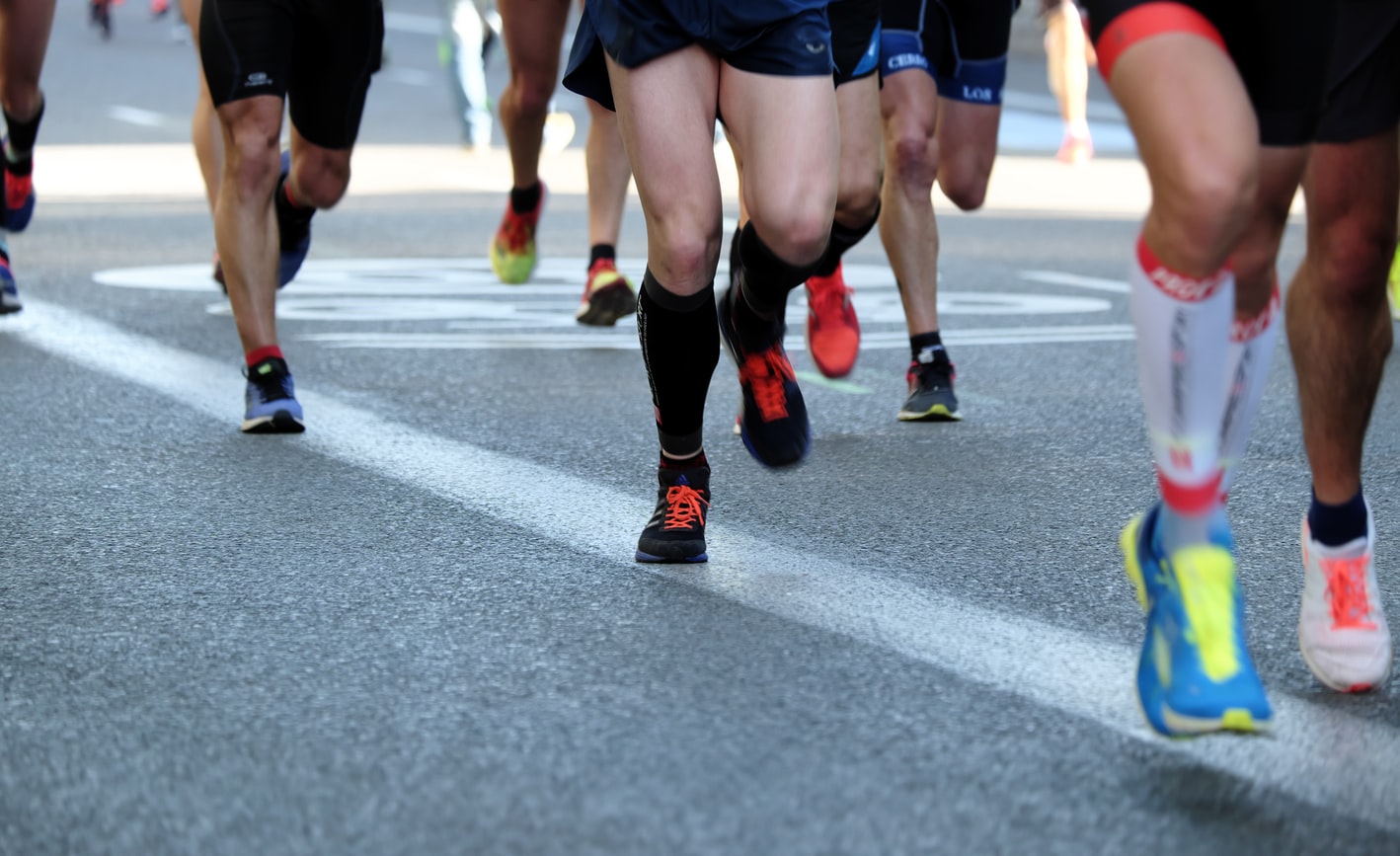Running is certainly a beneficial sport to rejuvenate the energy in your body. It improves both your mental and physical health. It is an easy way to lose weight and maintain a great posture. Like any physical exercise, your body may sustain injuries or become fatigued if you work too hard. This high-impact exercise engages all body muscles at once. While it is normal to have minor aches from time to time, some pain can lead to serious problems that need to be checked out. This is why looking out for any signs of inconvenience can help before it is too late. Here is a list of common running injuries and ways to deal with them.
Stress Fractures
Regardless of what level of running you are at, a stress fracture can still occur. This condition involves small cracks in the bone surface of the feet, hips, heels, shins, or legs of a runner. It can be regarded as a bruise resulting from overly increased or very intense activity. For instance, an incorrect sport technique or training can lead to a stress fracture. Additionally, changing the surface of exercise, using improper footwear, or running on a sloped surface can increase your chance of such injury.
If you suspect having a stress fracture injury, the first thing you should do is to rest up. It takes a couple of weeks to heal; you can wear a cast or use crutches during that period. If the case worsens, it is better to visit the doctor and have an X-ray to check it.
Ankle Sprain
When you turn, twist, or roll your ankle, you will experience an ankle sprain. This causes the stretching of the strong bands of tissue holding the bones and joints together in your ankle. This injury has several causes, such as falls, slips, awkward angle of landing after jumping, exercising on uneven surfaces, or getting the foot stepped on by someone else in a sports activity.
To help avoid this, you should do some warm-ups before any exercise, try to be careful of the surfaces you run on, and maintain good muscle flexibility and strength. It is also recommended to wear these braces that will be providing the needed support without weighing much on your feet. It is crucial to protect your ankle from future injuries
Runner’s Knee
This is one of the most common running injuries people can experience. This involves the pain around the kneecap or the front of the knee. For any physical activity or sport that includes running or jumping, a runner’s knee can certainly occur. The pain ranges from mild to severe, depending on the injury level. There are easy ways to deal with a runner’s knee. You should start by determining the cause of the injury; it can be due to overuse in running, direct hit, weak thighs, non-alignment of ligaments, or problems with your feet. Acknowledging the problem source will help you to treat it naturally or go check with a doctor. You can use ice, rest up, perform simple strength exercises, and take anti-inflammatory medications.
Achilles Tendonitis
Many runners can complain of inflammation, pain, and stiffness in the back of their legs, particularly near the heel. This condition is known as Achilles tendonitis. This can happen if you increase the mileage or intensify your running periods. The repetitive pressure on your Achilles tendon can be dangerous because if it is left untreated, it can lead to the rupture of the tendon. To address the issue, you should elevate your foot to decrease any swelling, ice the area after running, and decrease your physical activity while you heal. You can wear shoes with a built-in heel to relieve some pressure off your heel.
Hamstring Pull
If runners feel sharp tightness or pain in the back of their thighs, chances are they are experiencing a case of a hamstring injury. It is fairly common, but it can sometimes take a while to be noticed. In some cases, the case manifests after repetitive tears of the fibers and tissues of the hamstring muscles. The good news is that surgeries are very rare in such cases, which is why with simple self-care measures, you can treat it. Have adequate rest, put ice regularly, and when you need to run again, remember to start with simple isometrics.
As exhilarating it is to run, people can use up their energy by exercising too hard. Naturally, this leads to several aches and injuries. Getting sidelined can frustrate a runner; this is why learning more about running-related injuries can help prevent them in the future. With the guide provided here, you can know more about common injuries and the effective ways to deal with them.

















